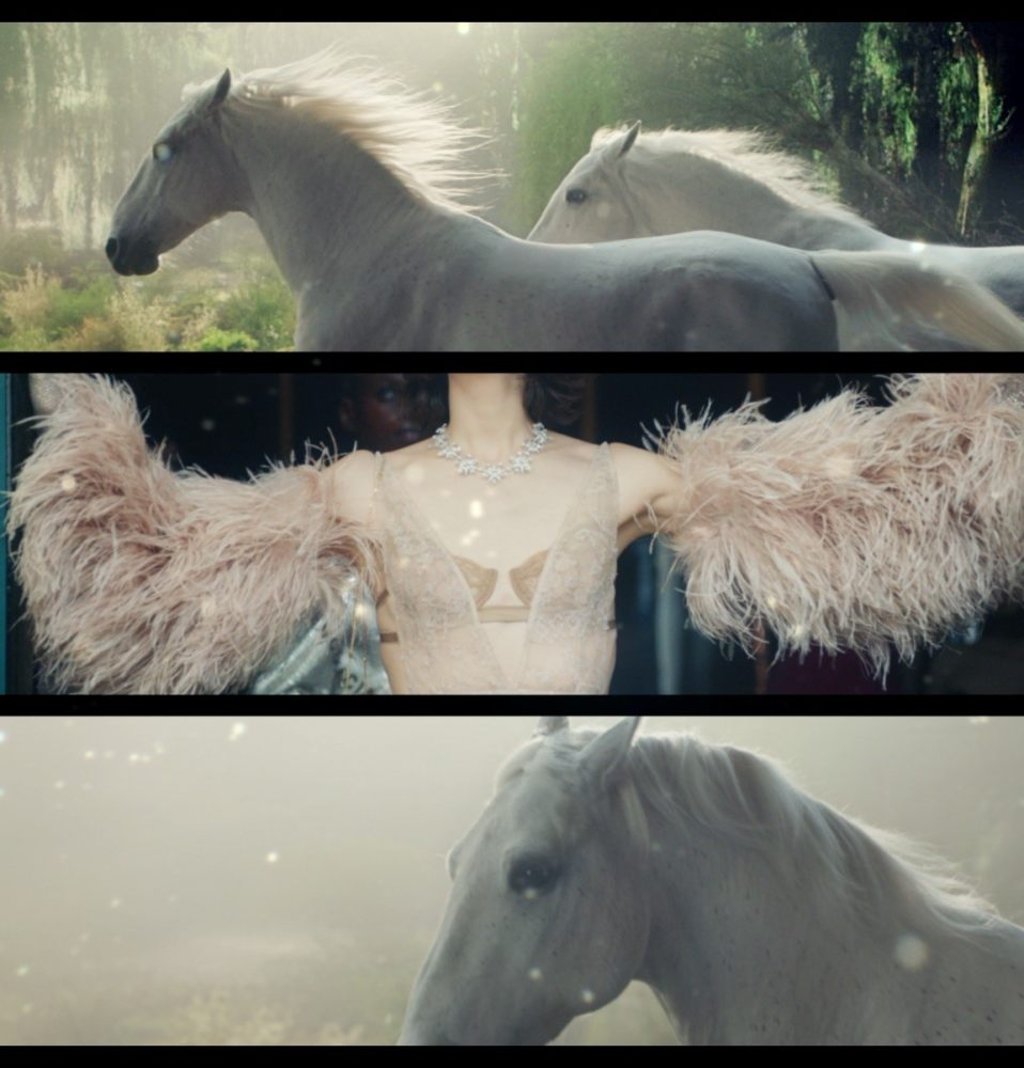Explainer / Why Gucci and Rimowa are cashing in with NFTs – after the digital art boom, luxury brands are next to ride the crypto wave

- Digital artist Beeple changed the game by selling an NFT artwork for US$69 million – then Sotheby’s accepted cryptocurrency for a 101-carat diamond at auction
- Now you can buy US$12 virtual Gucci trainers while even Rimowa released an NFT artwork – how will the world be reshaped by non-fungible tokens next?

Recently, music superstar Jay-Z filed a lawsuit against his business partner and co-founder of Roc-A-Fella Records, Damon Dash, who partnered with NFT platform SuperFarm to auction the rapper’s first album, “Reasonable Doubt”, as an NFT. The lawsuit alleges SuperFarm was selling “the rights to all future revenue generated by the album from Damon Dash to the auction winner”, although Dash only held a partial stake.
Ownership is the main thing. You are the owner of a scarce piece of digital value that represents ownership of your scarce piece of physical value
But what works for the world of art could also work in another elevated sphere of commerce: the luxury industry. In June, Sotheby’s announced that it will accept cryptocurrency for a 101.38-carat pear-shaped D colour flawless diamond, one of the largest stones shown at auction. The masterpiece is named The Key 10138. “We wanted to celebrate this enlightening virtue, while also alluding to the crucial function of digital keys in the world of NFTs and cryptocurrency,” explains Wenhao Yu, Sotheby’s deputy chairman of jewellery in Asia.

Before we go any further, here’s the science: fungibility is the quality of being readily exchangeable for something identical; a non-fungible token is a piece of code signifying unique ownership of a digital asset, stored on a blockchain – the same technology that powers cryptocurrencies. The use of blockchain makes NFTs an absolute guarantee of exclusivity – and, clearly, luxury is a world where exclusivity of ownership is highly valued.
Pierre-Nicolas Hurstel, co-founder and CEO of Arianee, a consortium that creates so-called digital passports for luxury items, explains: “What blockchain brings to the table are the notions of digital scarcity, proof of ownership and decentralised ownership. What can be done with that? You quickly get to retail.

“Ownership is the main thing. You are the owner of a scarce piece of digital value that represents ownership of your scarce piece of physical value.”
That means a range of potential uses: in addition to making both digital versions of existing products and new, digital-only products – where none of the limits of designing an item in the physical world apply – brands can also potentially use them to guarantee authenticity, or even to track sales to pay royalties. Items could be worn by any sort of digital avatar, for example in games or on social media.
A virtual version of a real item could also mean, for example, that sneakerheads can publish digital pictures of themselves wearing shoes without taking them out of the box.
